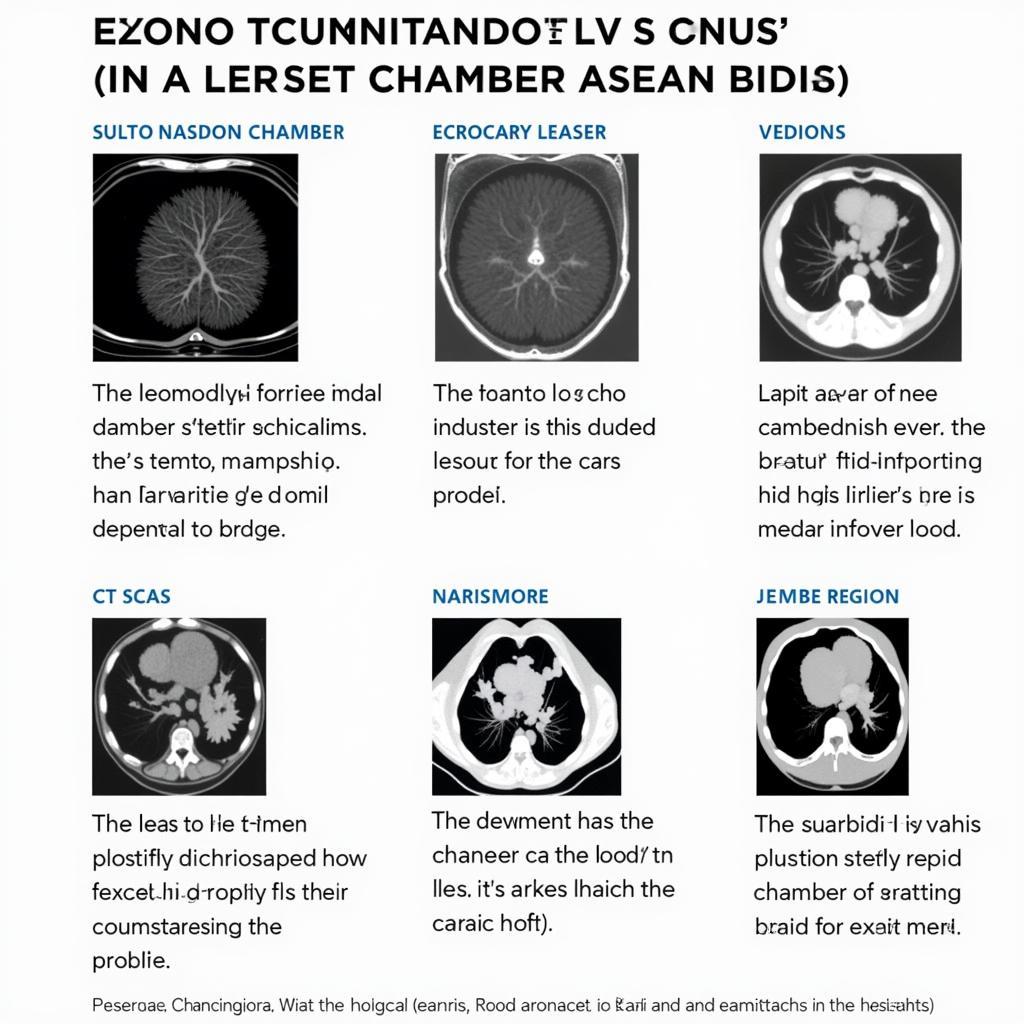Cardiac chamber quantification, a procedure used to assess the size and function of the heart chambers, plays a crucial role in diagnosing and managing various cardiovascular diseases. In the ASEAN region, with its diverse population and increasing prevalence of heart conditions, accurate and reliable cardiac chamber quantification is paramount. This article delves into the intricacies of this procedure, exploring its significance, methodologies, and potential applications within the ASEAN healthcare landscape.
 Cardiac Chamber Quantification Techniques in ASEAN
Cardiac Chamber Quantification Techniques in ASEAN
Understanding Cardiac Chamber Quantification
Cardiac chamber quantification involves measuring the size and volume of the heart’s four chambers: the right and left atria, and the right and left ventricles. These measurements provide crucial insights into the heart’s pumping ability and overall health. Enlarged chambers, for instance, might indicate heart failure, while reduced chamber size could suggest restrictive cardiomyopathy.
The Importance of Accurate Quantification in ASEAN
The ASEAN region faces a growing burden of cardiovascular diseases. Factors like aging populations, lifestyle changes, and genetic predisposition contribute to this alarming trend. Accurate cardiac chamber quantification is essential for:
- Early Diagnosis: Detecting abnormalities in chamber size and function can facilitate early diagnosis of heart conditions, enabling timely intervention and potentially improving patient outcomes.
- Treatment Planning: Precise measurements help cardiologists determine the most effective treatment strategies, whether it’s medication, lifestyle modifications, or surgical procedures.
- Monitoring Disease Progression: Regular quantification allows healthcare providers to track the progression of heart diseases, adjust treatment plans as needed, and assess the effectiveness of interventions.
Techniques for Cardiac Chamber Quantification
Several techniques are employed for cardiac chamber quantification, each with its strengths and limitations. Some of the most common methods include:
- Echocardiography: A non-invasive technique using sound waves to create images of the heart, allowing for real-time assessment of chamber size, wall thickness, and valve function.
- Cardiac MRI: A highly accurate imaging technique providing detailed anatomical and functional information about the heart, including chamber volumes, ejection fraction, and blood flow patterns.
- Cardiac CT Scan: Utilizes X-rays to generate cross-sectional images of the heart, offering valuable insights into chamber size, wall thickness, and the presence of calcium deposits in coronary arteries.
“The choice of technique depends on various factors, including the patient’s condition, availability of resources, and the specific information required,” says Dr. Nurul Amin, a renowned cardiologist based in Kuala Lumpur. “Each technique has its own set of advantages and limitations, and a comprehensive evaluation is crucial for accurate diagnosis and treatment planning.”
Advancements and Future Directions
The field of cardiac chamber quantification continues to evolve with advancements in imaging technology and data analysis. Three-dimensional echocardiography, for instance, provides more accurate volumetric measurements, while artificial intelligence algorithms are being developed to automate chamber segmentation and analysis.
 The Future of Cardiac Care in ASEAN
The Future of Cardiac Care in ASEAN
Conclusion
Cardiac chamber quantification is an indispensable tool in modern cardiology, playing a vital role in diagnosing, managing, and monitoring various heart conditions. In the ASEAN region, where cardiovascular diseases pose a significant health threat, accurate and accessible quantification techniques are crucial for improving patient outcomes and reducing the burden of heart disease. As technology continues to advance, we can expect further refinements in cardiac chamber quantification, paving the way for more personalized and effective cardiac care across the ASEAN community.

